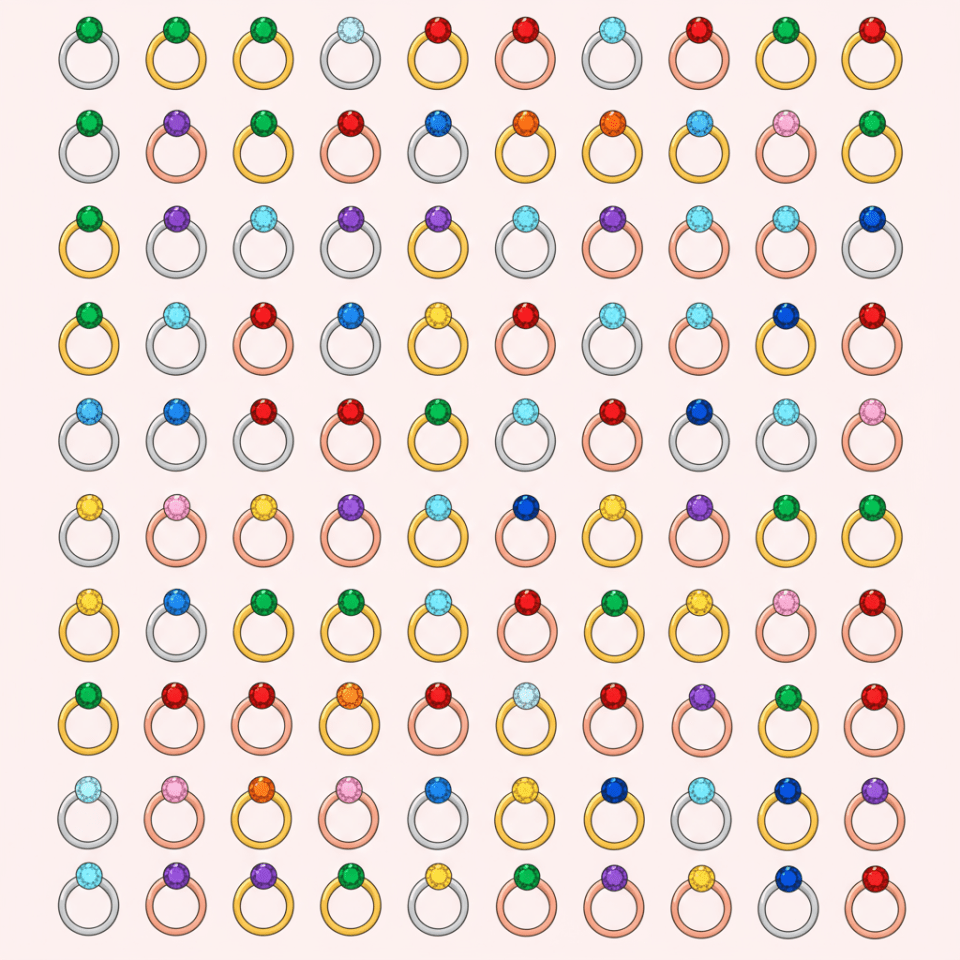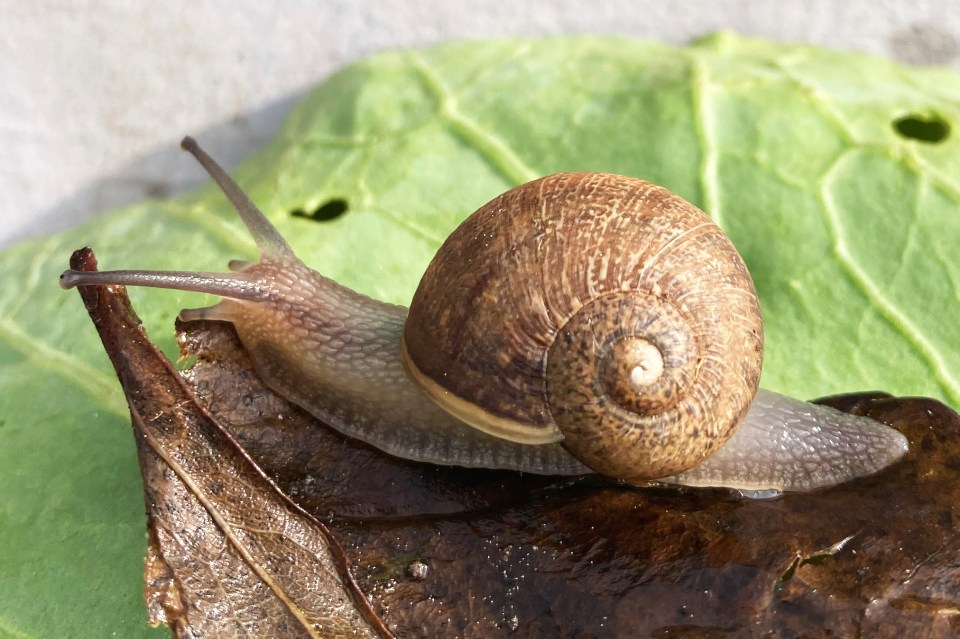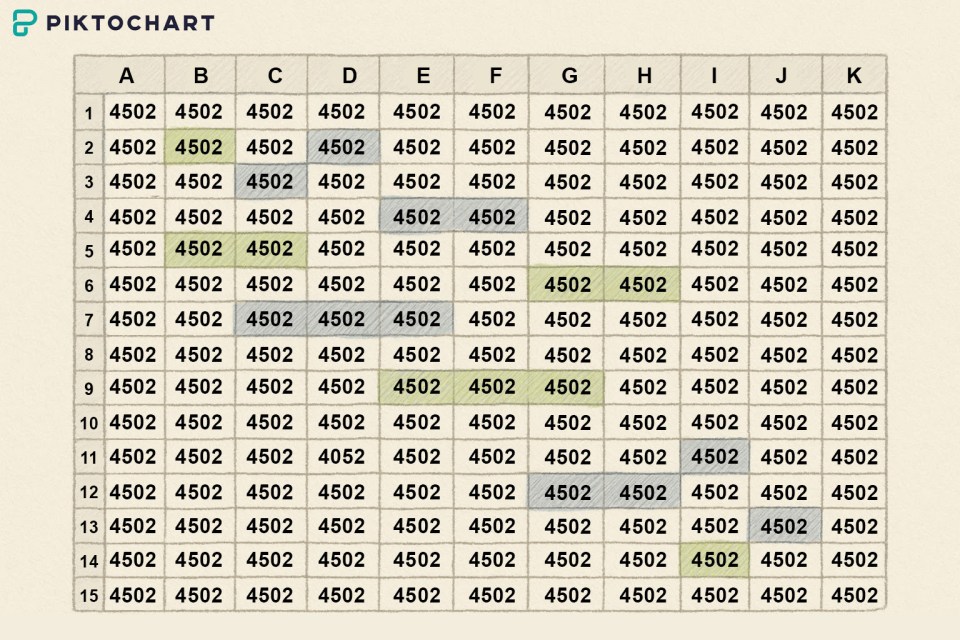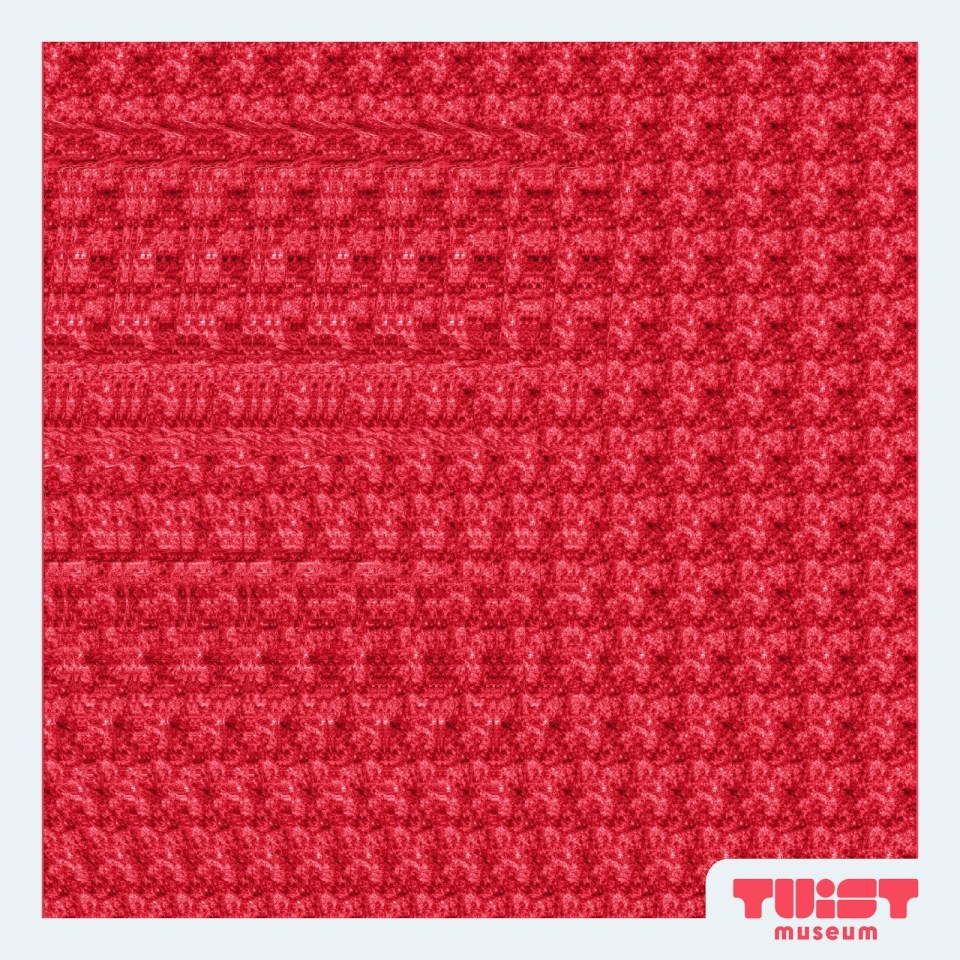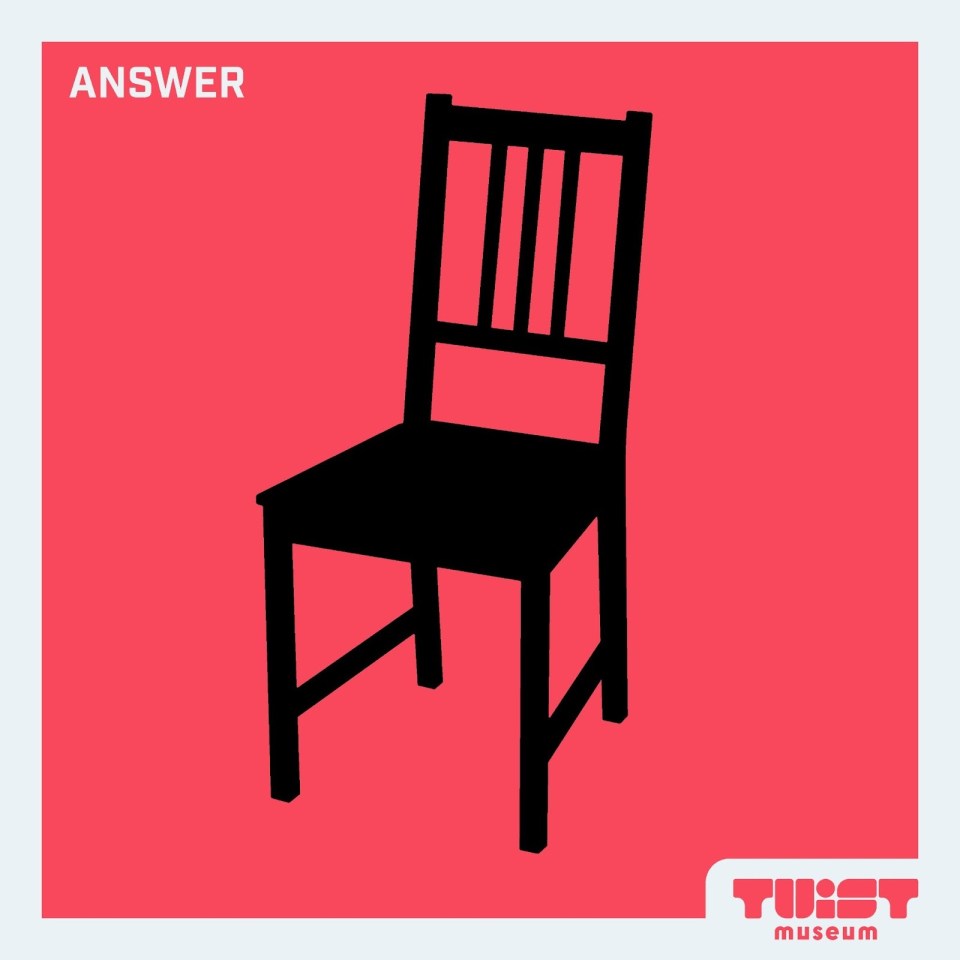Only those with eagle eyes can spot the hidden engagement ring concealed in a grid of gemstones in under 15 seconds
IF you think you are good at spotting tiny details, this latest visual brainteaser might just put you to the ultimate test.
The puzzle shows a dazzling grid of colourful rings, and lurking among the glittering chaos is a single prize engagement ring.
The engagement ring has been designed to blend almost seamlessly with the surrounding jewels.
However, somewhere among the sparkly mix of rings lies just one special design: a diamond set in a gold band.
This sparkling stumper isn’t as straightforward as it sounds.
The creators at image editor experts Remove Background have challenged players to find it in under 15 seconds..
Some smug puzzle pros claim to have spotted it in the blink of an eye, while others admit they spent minutes staring before finally giving up.
Experts say that challenges like this can give your brain a mini-workout, sharpening attention to detail and boosting focus.
Are you able to spot it or will you be left scratching your head?
Time is tight, but if you ace this task, you must have 20/20 vision.
It might seem a bit daunting at first, but the key is to carefully examine each element of the scene.
You might wish to start from the bottom right corner of the image and work your way up.
Did you manage to spot the hidden ring? If so, congratulations!
Still struggling? Don’t worry as there will be a solution image at the bottom.
Fancy giving a go at more brainteasers? Check if you have a high IQ by trying to find the hidden elephant in just eight seconds.
This mind-boggling brainteaser has even the most professional puzzlers scratching their heads in pursuit of the answer.
Everyone can spot the elephant but the challenge is to count her legs.
Still up for one more? This tricky optical illusion has left puzzle-lovers questioning the quality of their eyesight.
Finding the hidden baby rhino buried in this group of elephants is a challenge – can you do it in less than ten seconds?
How can optical illusions and brainteasers help me?
Engaging in activities like solving optical illusions and brainteasers can have many cognitive benefits as it can stimulate various brain regions.
Some benefits include:
- Cognitive stimulation: Engaging in these activities challenges the brain, promoting mental agility and flexibility.
- Problem-solving skills: Regular practice enhances analytical thinking and problem-solving abilities.
- Memory improvement: These challenges often require memory recall and can contribute to better memory function.
- Creativity: They encourage thinking outside the box, fostering creativity and innovative thought processes.
- Focus and attention: Working on optical illusions and brainteasers requires concentration, contributing to improved focus.
- Stress relief: The enjoyable nature of these puzzles can act as a form of relaxation and stress relief.

